The Prophet-5 first appeared in 1978 at Winter NAMM, and astonished everyone, including industry competitors who were simply unprepared for what the Prophet-5 brought to the table. It was the first synth ever to use a microprocessor and allowed musicians to save & load created patches from memory. The world's first ever programmable polysynth!
The Prophet-5 was a 5 note polyphonic synth powered by two Oscillators per voice with choices of Triangle, Pulse & Sawtooth waves with Sync and PWM features. The filter is a 24dB/Octave resonant low-pass type, and there are individual 4-stage envelopes for both filter and amplitude. The Prophet-5 also introduced an innovative 'Poly Mod' section providing powerful modulation ability.
The Prophet-5 was hugely popular with the professional musicians who could afford the massive $3995 price tag & was used by all the big names... It basically re-defined what the modern synth was.
Dave Smith the synth's creator described the early days of the Prophet-5: "The demand for the Prophet-5 was incredible. For the first several years we simply couldn’t keep up. Artists and their management would call our offices begging us to sell them whatever we had. It was a crazy time."
But cheaper digital synths came along in the 1980's starting with the ubiquitous Yamaha DX-7 & Sequential eventually ceased Prophet-5 production and the company folded in 1987 with Yamaha buying all their assets including the Sequential brand name. Dave Smith went on to work for Yamaha and then Korg where he developed the Wavestation & other instruments. Eventually he formed a new company in 2002, Dave Smith Instruments, releasing a new and very popular catalog of synths starting with the Mono Evolver... but the Prophet story still wasn't finished.
In 2015 Yamaha returned the Sequential name to Smith & he created a new version of the original Prophet-5, the 6-voice Sequential Prophet-6, featuring the same all analog synth engine & signal path as before, but with added enhancements such as studio-quality effects, a polyphonic step sequencer, an arpeggiator, and more.
Finally in 2018 Dave Smith Instruments re-branded as Sequential & in 2020 the new Prophet-5 was released.
The new Sequential Prophet-5 costs around £2900 GBP in keyboard form, while the desktop module version is around £2000 GBP.



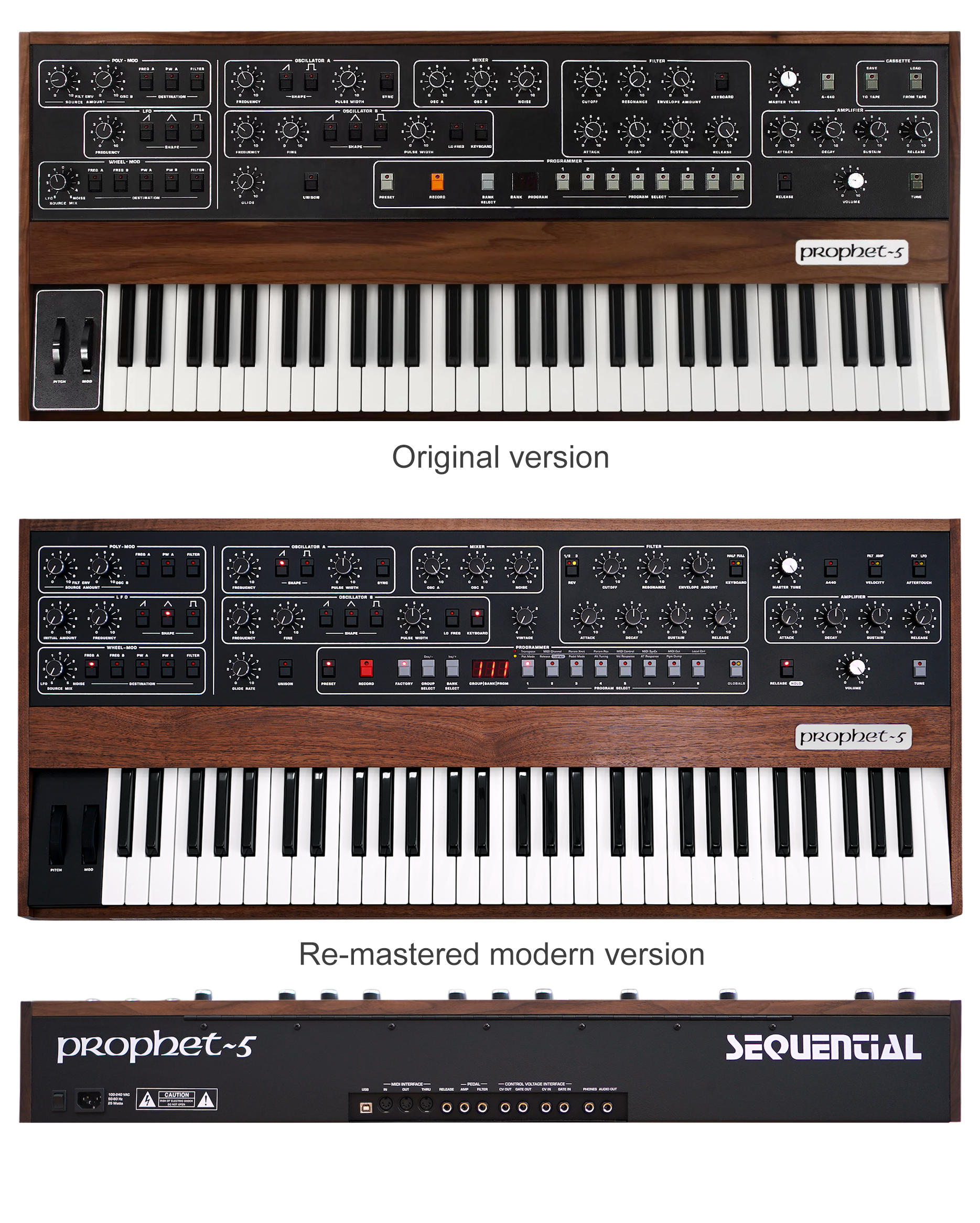
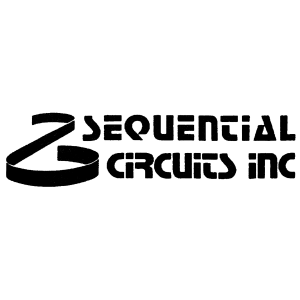
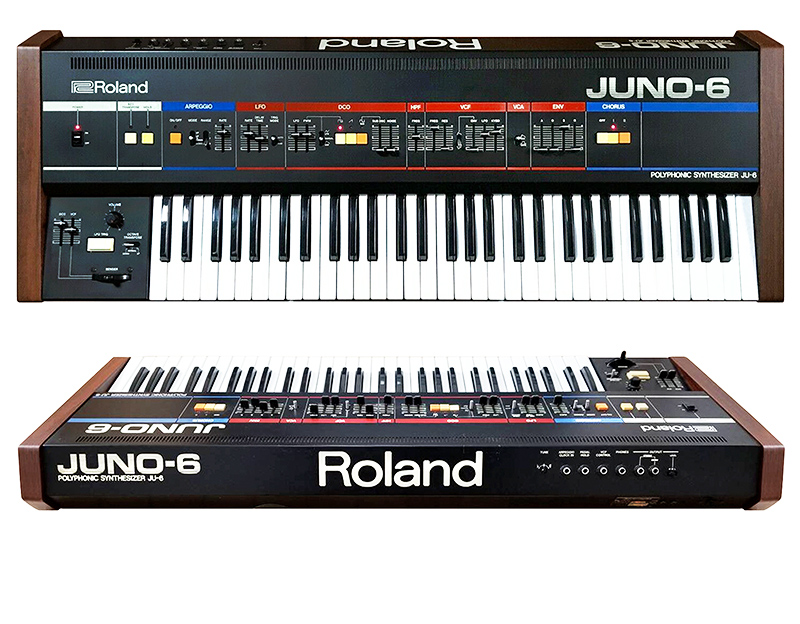
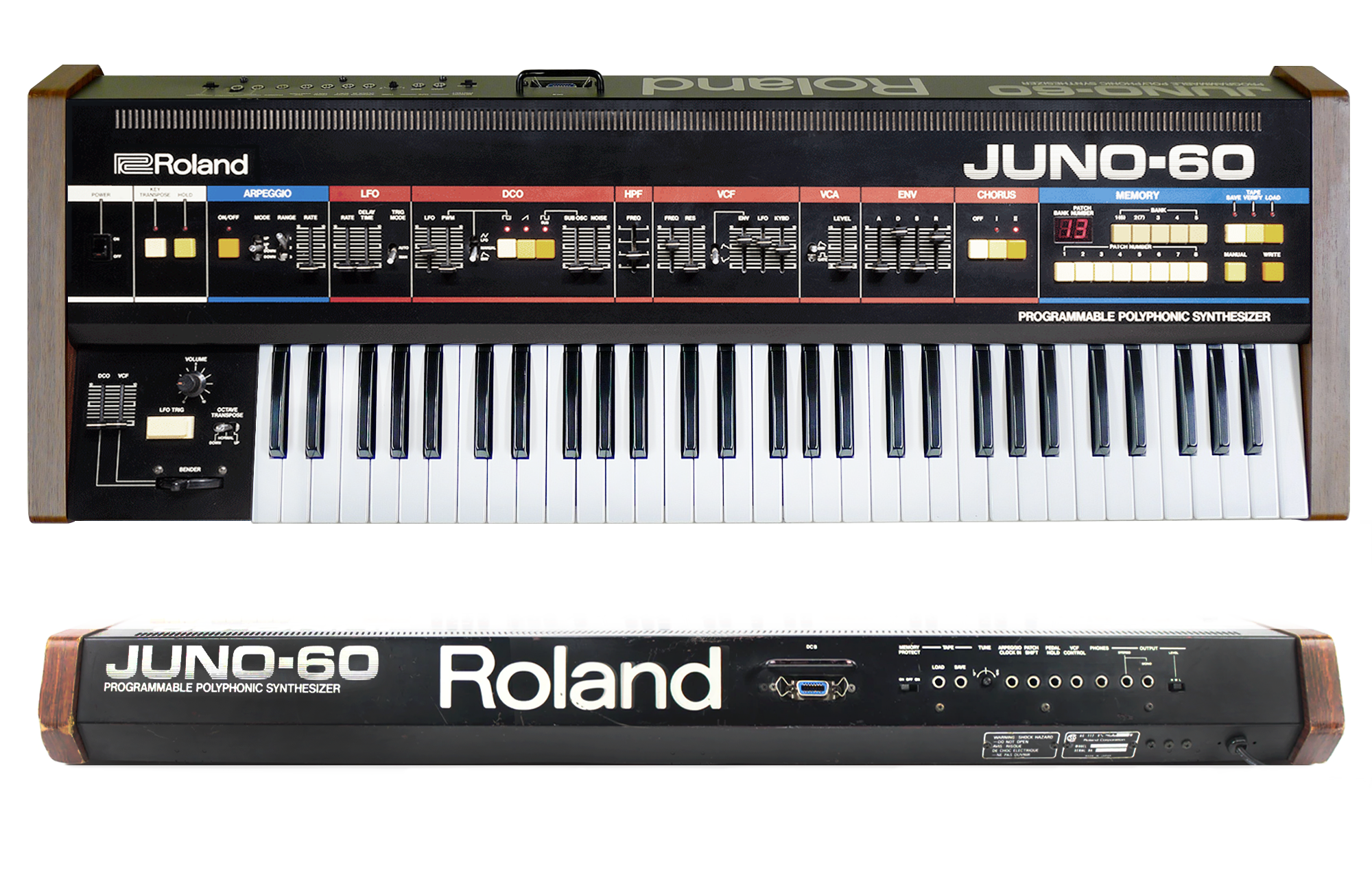
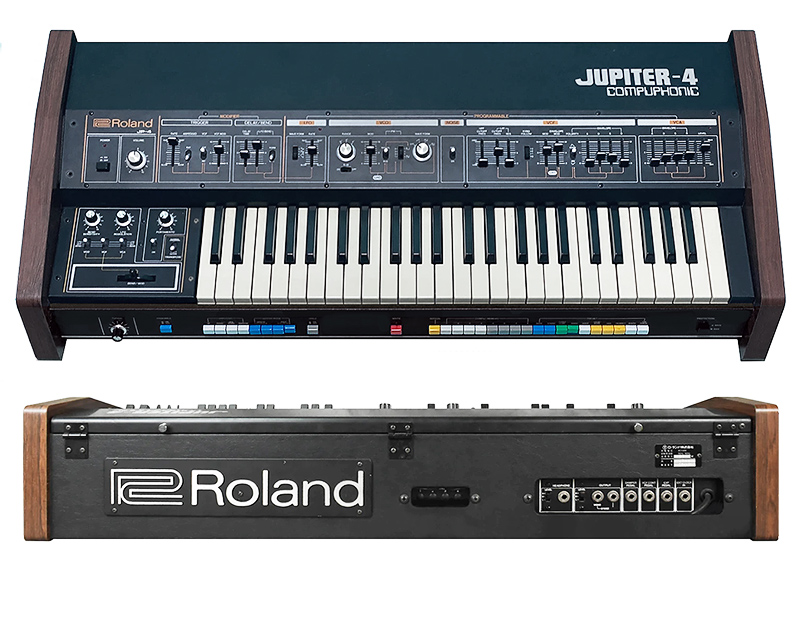
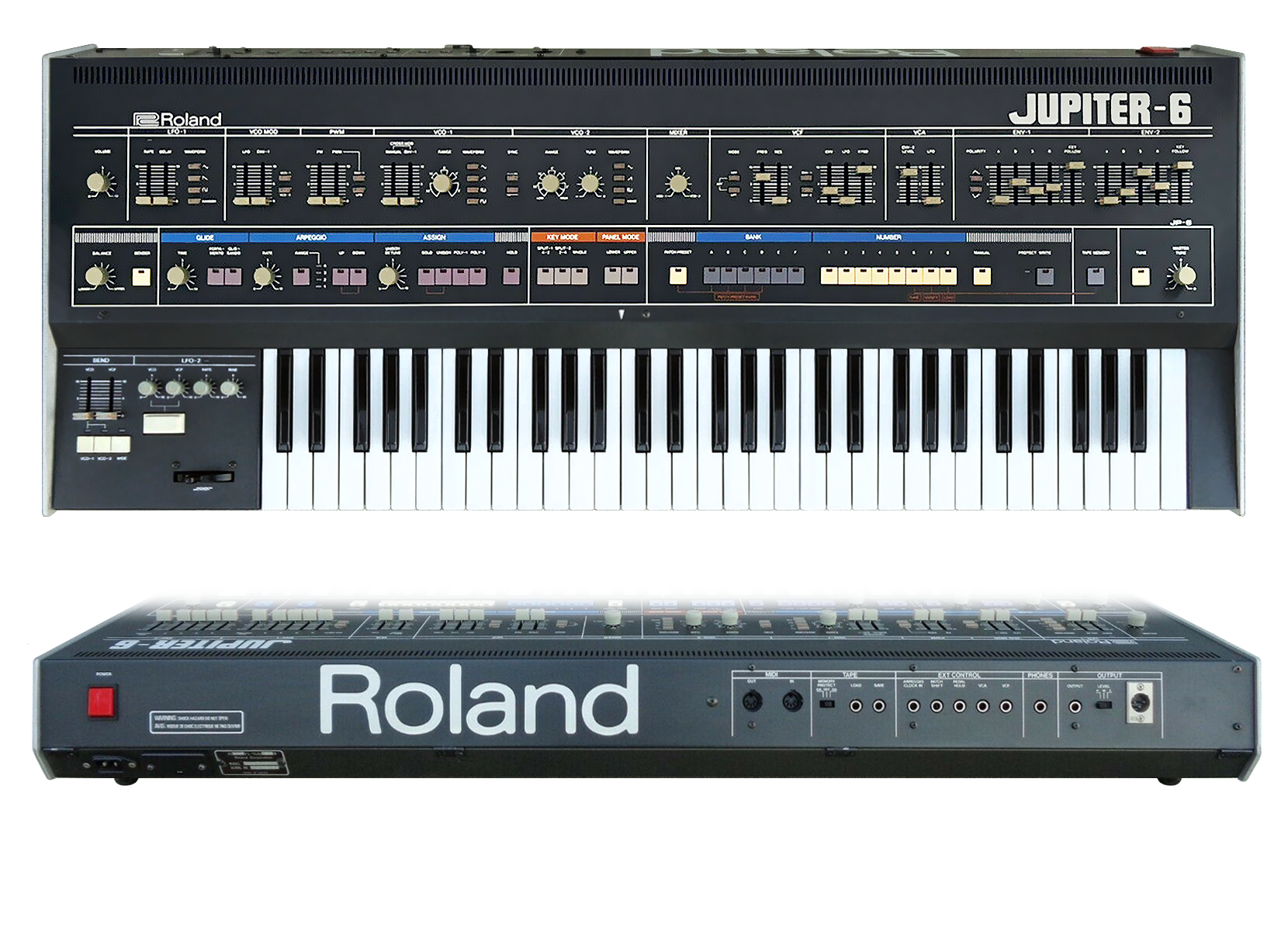
_BIG.jpg)
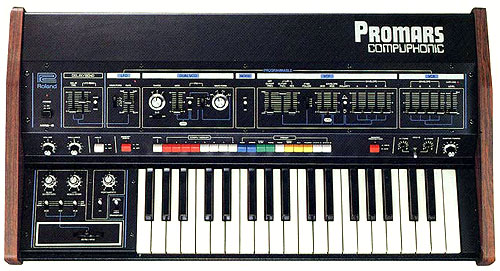
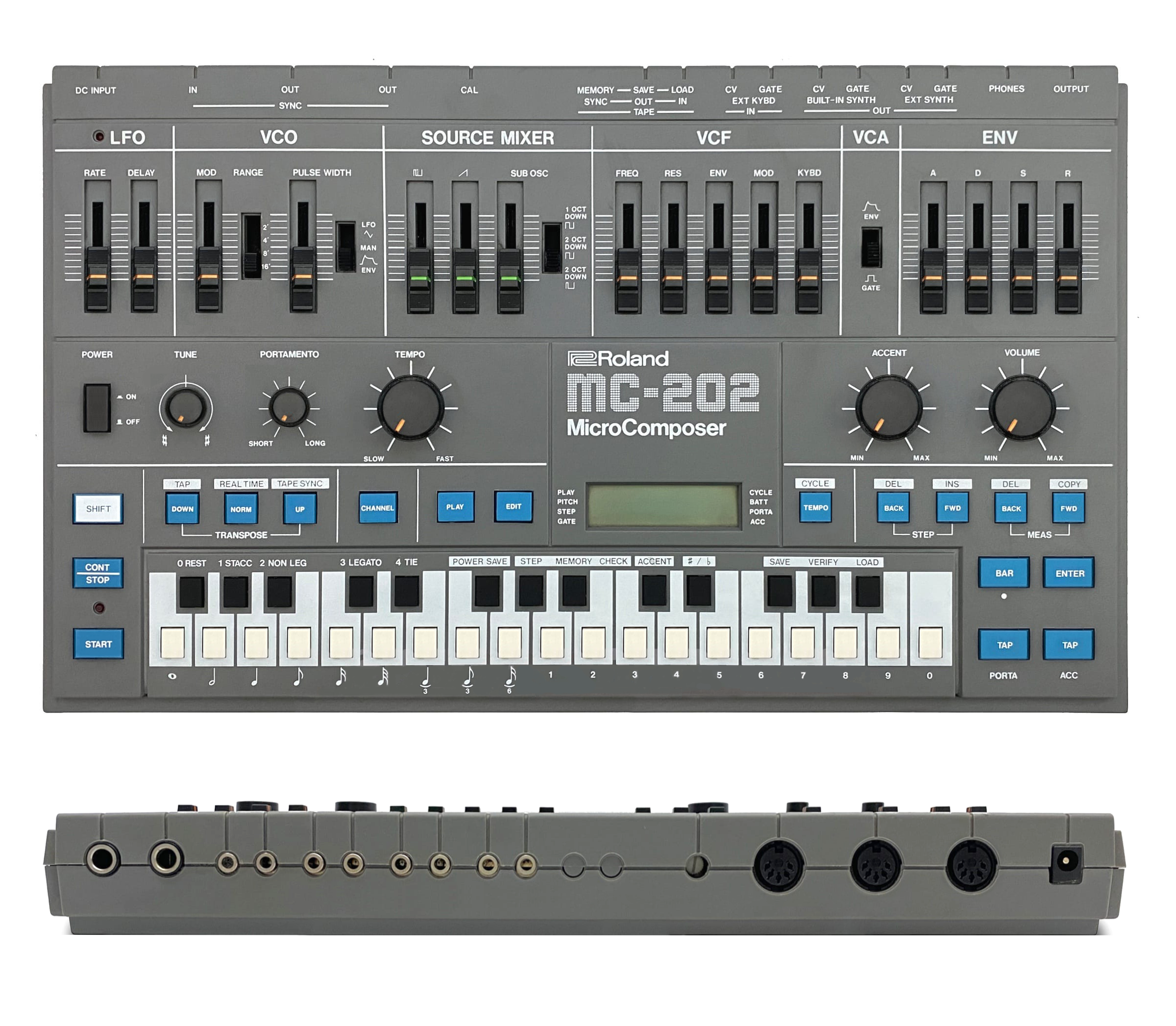
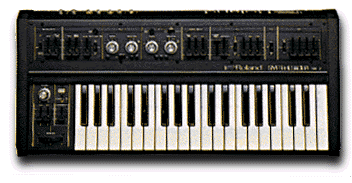
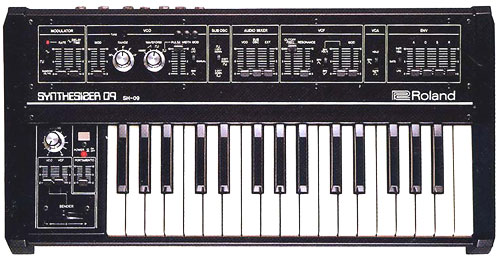
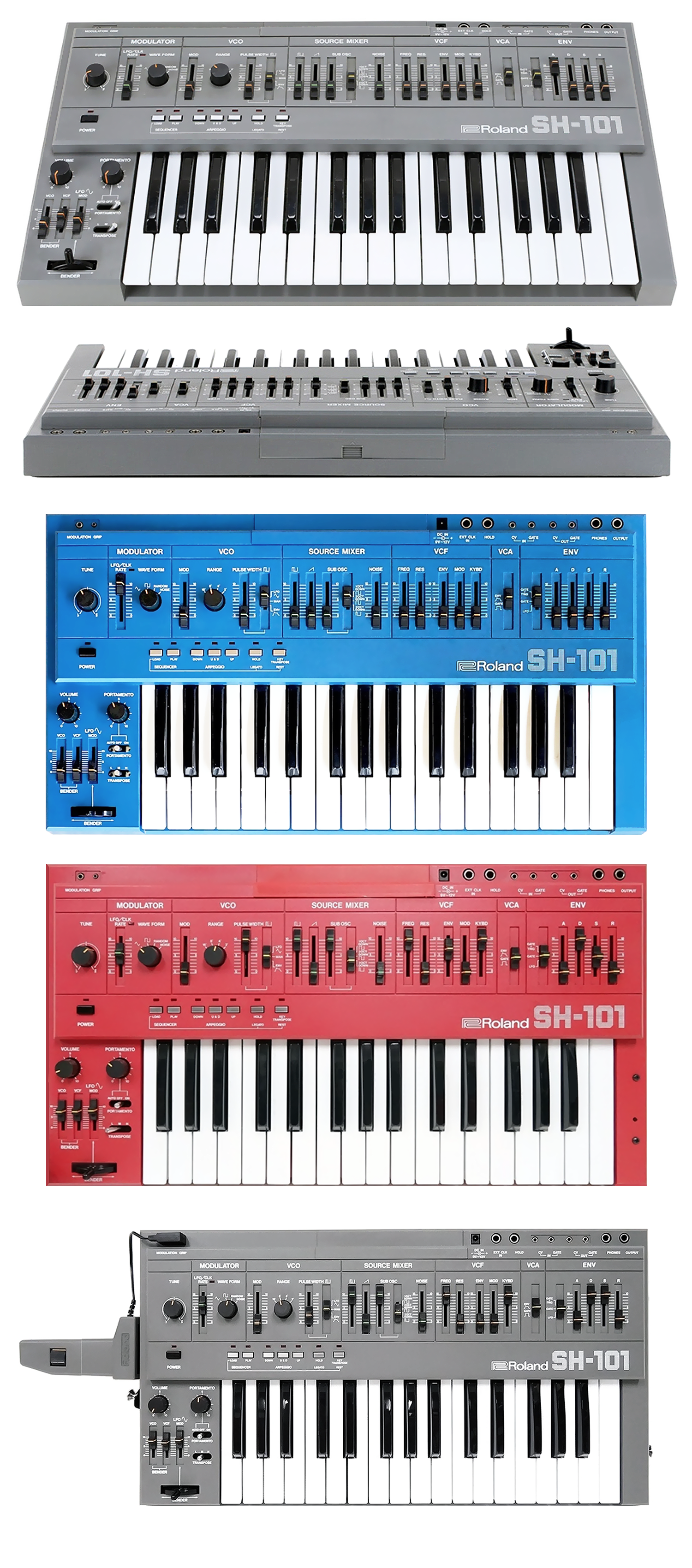
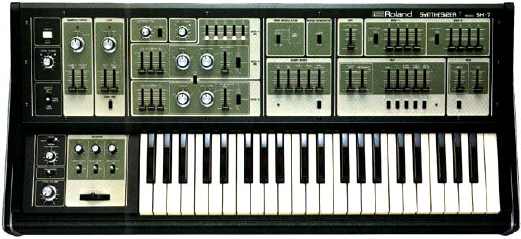
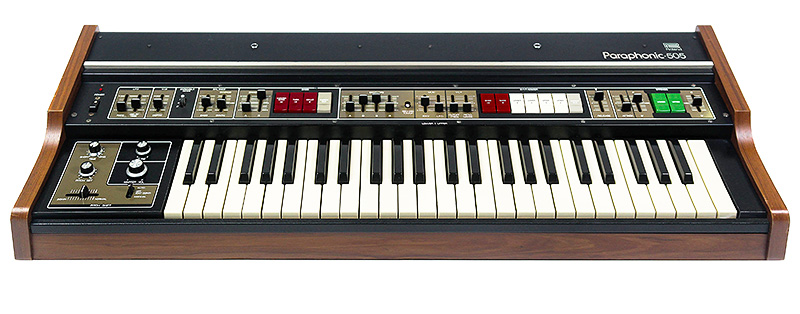

Read 5 comments
Add review/comment